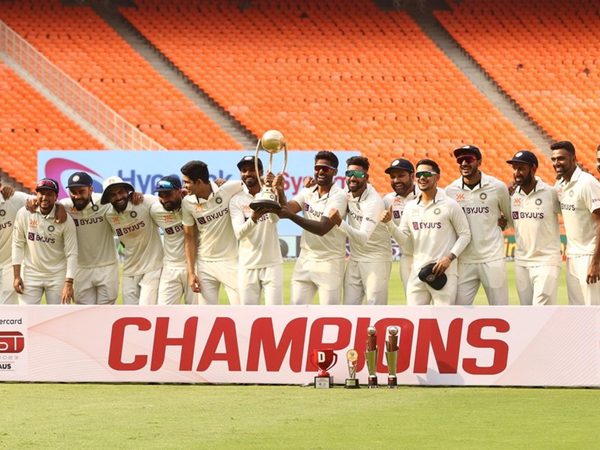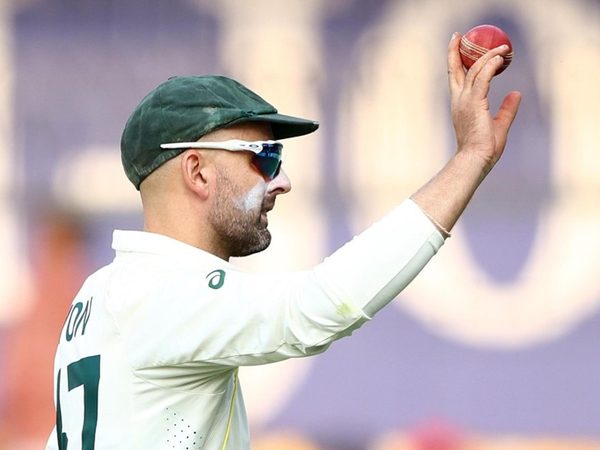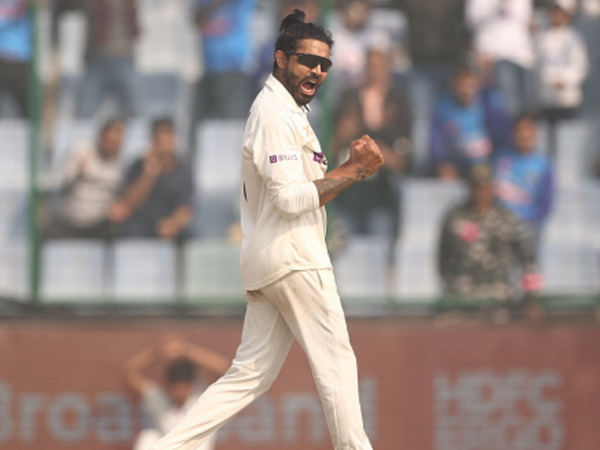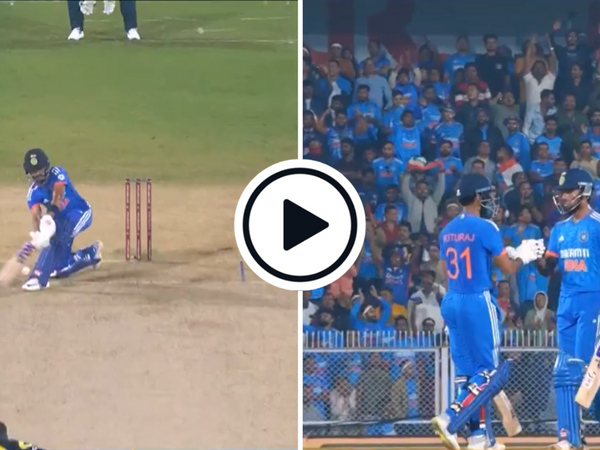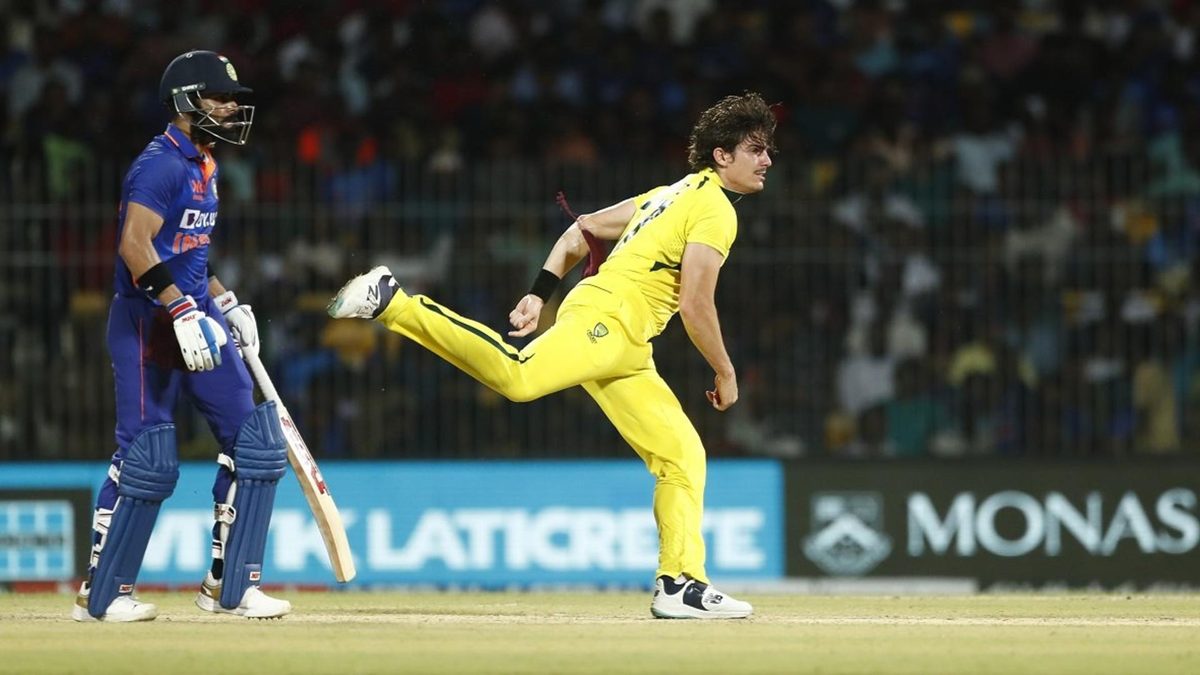
After losing the first ODI in Mumbai, Australia came back strongly to win the series 2-1 with victories in Visakhapatnam and Chennai. There were several takeaways for both sides from the contest.
A call on SKY
India are not going to play ODIs for some time, but when they do, Shreyas Iyer is unlikely to feature in the XI. Like Rishabh Pant and Jasprit Bumrah, he is uncertain to make the World Cup as well. If does not play, India will go into the big tournament without a batter who averages 46.60 and strikes at 97 in the format.
Suryakumar Yadav had broken through to the ODI side largely based on his form and superlative performance in Twenty20 Internationals. Unfortunately, he could not replicate his success across formats, and after 23 matches, his average stands at 24.05. The nadir came in the recent series, where he fell first ball every time, without being able to put bat on ball.
Of course, he is not the first batter to have a string of failures. Nor is there doubt over his potential. Whether India want to back him despite his failures is unclear. What is clear, however, is that they need to find a No.4 (or, broadly speaking, a specialist batter who will complete the XI).
Sanju Samson (330 runs at 66, strike rate 105) seems an obvious replacement, more so because he keeps wicket. If India do want to turn to Samson, the sooner it is, the better.
The Indian pacers
India are likely to go into the World Cup with four specialist batters and KL Rahul as wicketkeeper, followed by Hardik Pandya, Ravindra Jadeja, and four bowlers, at least one of whom should have some batting abilities.
In Bumrah’s absence, India do have two outstanding fast bowlers in Mohammed Shami and Mohammed Siraj, who are likely to start the tournament, with Pandya likely to chip in as back-up.
The problem begins thereafter. Prasidh Krishna had a wonderful start to his career (25 wickets at 23.92, economy 5.32) before he got injured. He has been out of contention for some time and, like Bumrah, is uncertain for the World Cup.
Umran Malik has been expensive but effective in his infrequent appearances. Deepak Chahar has recovered from his stress fracture, but has not played in 2023. Neither Avesh Khan nor Arshdeep Singh has left a lasting impact.
That leaves Shardul Thakur, whose numbers (average 27.89, economy 5.72) are perhaps better than perceived, while his batting adds to his credentials. Whether India have zeroed in on him needs to be seen.
Australia are among the World Cup favourites
The Australian fast bowlers – Mitchell Starc, Sean Abbott, and Nathan Ellis – had a huge impact on the series. The last two are likely to be replaced by Josh Hazlewood and Pat Cummins once they return. Along with Adam Zampa and a string of all-rounders, Australia will come into the World Cup as one of the best bowling attacks if everyone is fit.
The all-rounders also allow Australia to load their XI with quality batters until seven (followed by Starc and Cummins). Mitchell Marsh and Travis Head stepped up in the first two ODIs when David Warner sat out. When Warner – Australia’s leading run-scorer since the start of 2022, returned, he batted down the order.
With Steve Smith at No.3 after the explosive Marsh-Head pairing, Australia have the luxury of choosing between Marnus Labuschagne and Warner at No.4 before the heavy artillery – Cam Green, Glenn Maxwell, Marcus Stoinis, Josh Inglis, an embarrassment of riches, really – come out. For a reserve spinner, they can always bring in Ashton Agar, with Maxwell available to chip in.
Pace and spin
Barring Axar Patel, every specialist bowler who took a wicket averaged under 30 with the ball. The fast bowlers averaged 24.31 while going at 5.31 an over, while the spinners went for 5.24 while taking their wickets at 29.57 apiece. While pace called the shots in the first two ODIs, both teams used spin to great effect in the third.
A country as vast as India offers diversity in terms of both weather and pitches. At the World Cup, teams will be expected to encounter multiple venues (and oppositions) for their nine league matches with little time to get adjusted to. The bowling depths will be tested, and the sides with deep, diverse attacks are likely to prevail.

